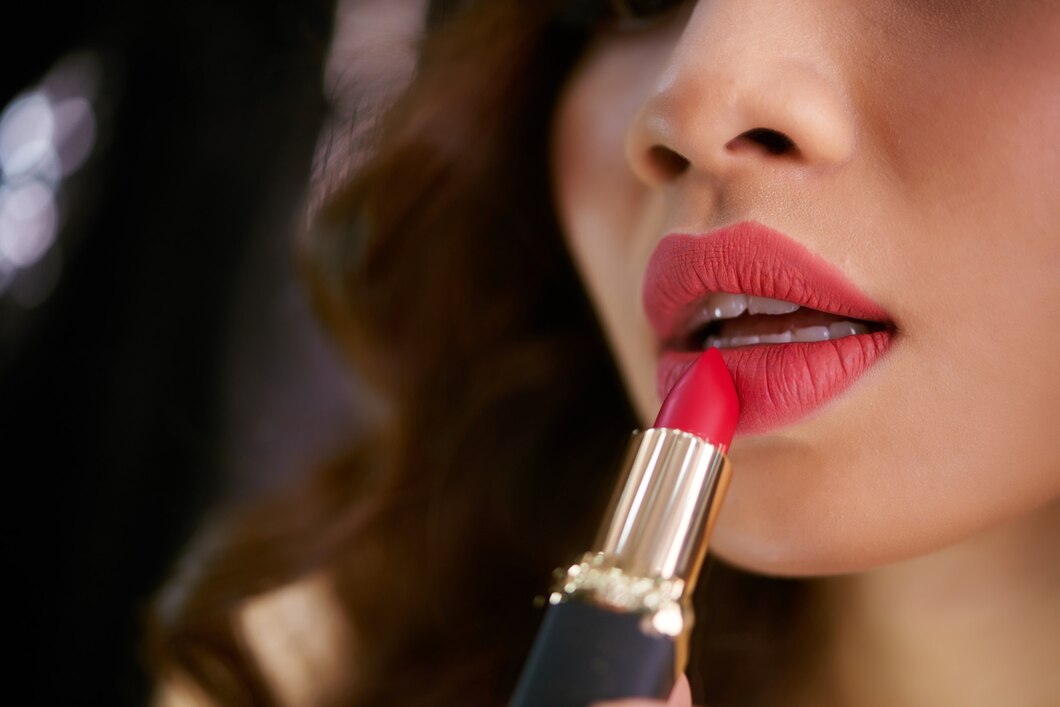Lipstick, a ubiquitous item in makeup bags around the world, has a rich and colorful history that spans centuries and civilizations. From ancient cultures to modern beauty trends, the evolution of lipstick reflects changing societal norms, cultural practices, and technological advancements. Let’s embark on a journey through time to explore the fascinating history of this iconic cosmetic product.
Ancient Origins: The Dawn of Lip Color
The origins of lipstick can be traced back to ancient civilizations, where both men and women adorned their lips with various natural pigments and dyes. In ancient Mesopotamia, for example, women crushed gemstones and applied the colorful dust to their lips to enhance their beauty. Similarly, ancient Egyptians used a blend of red ochre, iron oxide, and animal fat to create lip color, a practice embraced by both men and women as a symbol of status and beauty.
Renaissance Revival: Lip Color in Europe
During the Renaissance era, lip color experienced a revival in Europe, albeit with a religious twist. Women in the upper echelons of society applied lip color made from natural ingredients like beeswax, plant dyes, and crushed insects. However, the Catholic Church condemned the use of cosmetics, associating them with witchcraft and immorality. Despite this opposition, lipstick remained a symbol of wealth and sophistication among the European elite.
Industrial Revolution: The Rise of Commercial Lipsticks
The 19th century witnessed significant advancements in cosmetic production, leading to the commercialization of lipstick. French perfumers and entrepreneurs began manufacturing lip color in solid form, using ingredients like carmine, beeswax, and castor oil. In 1884, the first modern lipstick—wrapped in silk paper and sold in metal tubes—was introduced by perfumery Guerlain in Paris, marking a pivotal moment in the history of lipstick.
Twentieth Century Transformation: Lipstick Enters the Mainstream
The 20th century saw lipstick transition from a luxury item to a widely accessible beauty product. Innovations in packaging, formulation, and marketing propelled lipstick into the mainstream, with iconic brands like Revlon, Maybelline, and Elizabeth Arden leading the way. The introduction of vibrant shades, long-lasting formulas, and glamorous advertising campaigns transformed lipstick into a symbol of femininity, empowerment, and self-expression.
Cultural Influence: Lipstick Across the Globe
Lipstick’s popularity transcended borders, influencing beauty trends and cultural norms around the world. In Asia, for example, red lipstick symbolized prosperity and happiness in Chinese culture, while in Japan, geishas painted their lips with a distinctive shade of vermilion. In the West, lipstick became synonymous with Hollywood glamour, with screen sirens like Marilyn Monroe and Audrey Hepburn cementing its status as a beauty essential.
Modern Trends: Lipstick in the Digital Age
In the digital age, lipstick continues to evolve with the times, reflecting changing beauty standards and consumer preferences. Social media platforms like Instagram and YouTube have democratized beauty trends, allowing influencers and beauty enthusiasts to showcase an array of lipstick shades, finishes, and application techniques. From matte to glossy, nude to bold, lipstick remains a versatile tool for self-expression and creativity in the modern age.
In conclusion, the history of lipstick is a testament to the enduring allure of beauty and self-expression throughout the ages. From its humble origins in ancient civilizations to its transformation into a global beauty phenomenon, lipstick has left an indelible mark on human culture and society. As we continue to embrace new beauty trends and innovations, let us remember the timeless appeal of lipstick—a symbol of confidence, style, and individuality that transcends time and borders.








